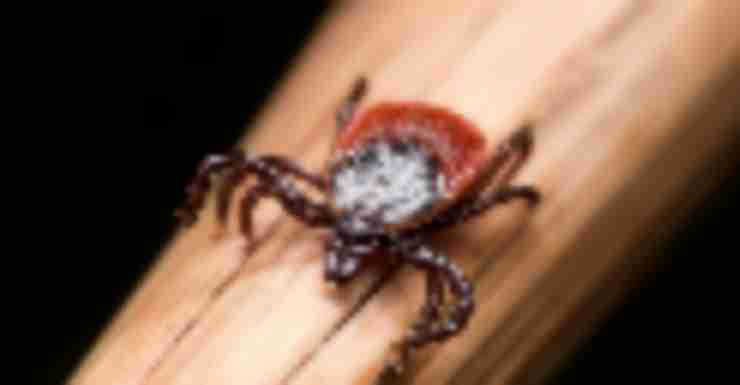It’s tick season and this year, in addition to Lyme disease, there’s a new virus in town. The Powassan (POW) virus has been around for decades but was previously only carried by insects that were not interested in people. Recently, that changed and now the deer tick carries a strain that can infect humans.
Unfortunately, POW is more serious than Lyme disease and there is no known treatment or cure. If you develop symptoms they can appear one week to one month after a bite and may include fever, headache, vomiting, weakness, confusion, loss of coordination, speech difficulties, and seizures. The disease could even result in permanent nervous system problems or death.
Your best course of action is to wrap your house in plastic wrap and never leave. Or you can avoid ticks by staying away from wooded and brushy areas, wearing long-sleeved shirts and long pants, staying in the center of trails, and using insect repellant containing 20% deet, picaridin, or IR3535. Check yourself, your clothes, equipment, pets, family, and friends for ticks within two hours of being outdoors. If you find a tick, follow the removal instructions on the CDC website (https://www.cdc.gov/ticks/removing_a_tick.html) to make sure you remove it properly and it doesn’t penetrate deeper. We checked in with the Chief of Infectious Disease at Englewood Hospital and Medical Center Ashwin Jathavadem, MD to get the expert scoop.
Q. How does POW differ from Lyme disease?
Powassan virus and Lyme disease can be transmitted by the same tick, Ixodes scapularis or deer tick. However, as the name implies, Powassan virus is a viral infection while Lyme disease is a bacterial infection. Powassan virus can cause a very severe infection of the brain as can Lyme disease, but it is much rarer. It is worth noting that the vast majority of cases of Lyme disease are detected early and thankfully brain infection is actually quite rare. Lyme disease can be treated with antibiotics, but there is no specific medication available to treat Powassan virus.
Q. What are typical symptoms and is there a test for POW?
Many infected patients don’t experience symptoms. Patients who fall ill may have fever, confusion, seizures, paralysis, and headache, among other symptoms.
Q. If someone is diagnosed with POW what is the protocol for treating them?
Powassan virus infection is generally diagnosed by testing samples of blood and spinal fluid. Generally speaking, patients would be treated for their symptoms, as needed.





